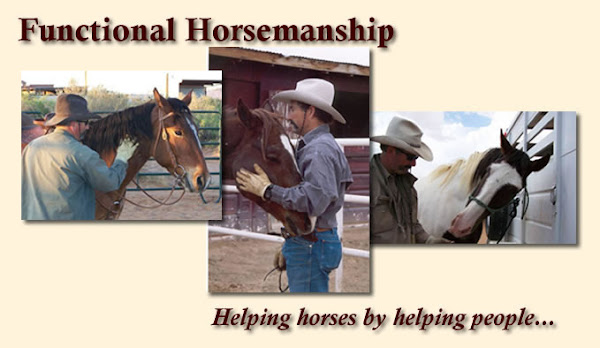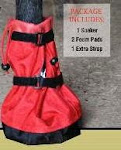 Wade wrote to ask "I'm interested in camping with horses and or mules.
(and) Their care and feeding, grazing if available, and first aid for the
animals. What should I be watchful for etc. Thank you."
Wade wrote to ask "I'm interested in camping with horses and or mules.
(and) Their care and feeding, grazing if available, and first aid for the
animals. What should I be watchful for etc. Thank you."
Big question, Wade. Assuming you have suitable horses and/or mules for the area you are heading to, much will depend upon the area as far as available grazing and permits. By suitable stock I mean your horses or mules are healthy and conditioned enough for the area you are going and the distance you plan on riding.
Some areas require your horses to have been fed certified weed free hay - to protect against the proliferation of weeds or unwanted grass species. Some areas will require use permits.
I would be considerate of feed issues related to over night changes of feeds. For example from dry grass or alfalfa hay to a forest pasture. I would consider any pasture where I was going to be supplemental feed and plan to bring my own feed which for me is grass and alfalfa hay and a complete pelleted feed from ADM.
Planning on camping in the wilderness, just you, your horse and a bedroll is one thing, but wanting more comforts and certainly staying for an extended time will require a pack horse or pack mule. If you go out with minimal gear make sure you can build a rudimentary shelter and a fire - not only for warmth but as a signaling device if you get lost or hurt. Water would be a primary concern. You take take enough, so you need to go where there are sources, either man made or natural.
There may be some areas near you offer horse friendly campgrounds with pens for your horses, otherwise you'll be looking at high lining or hobbling them. Available water would be important too, as you could easily go through 40 gallons or more a day.
If you are inexperienced at camping or back country trips on horse or mule back, then maybe you can find an outfitter and sign up for a trip on their animals as it would give you invaluable experience before you set out on your own.
Just so much depends on what you want to do and where you want to go. A great resource would be any state chapter of Back Country Horsemen of America. They would be able to direct you to horse friendly areas and give you an idea on what you would need as well as point to you getting permits if required.
As far as first aid for horses, I have a vet bag in my trailer and carry small items in my saddlebags:
Vet Bag: several rolls of Vet Wrap; 4x4 gauze; medical tape; Nitrofurazone; Anti-septic wound powder; Quik-Clot; tampons (for dressings); Hoof Soaker Boot and Epsom Salt (this is all inclusive list, but minimal essential items);
Saddle Bags: Vet Wrap with tampon stuffed inside the hollow part of the cardboard roll then put in a vacuum sealed bag; Hoof Wrap bandage in case I pull a shoe or have a hoof puncture;
During snake season, I'll carry two eight inch long surgical tubes (same type you use to tube horses), coated on the outside with Vaseline or Bag Balm and sealed in a vacuum packed bag - in case my horse gets bit on the nose, where a lot of snake bites occur, I have a chance of inserting them in nostril's to keep his airway open.
If you get all set up and head off for a horse back camping trip, I'd also suggest you let people know where you are going, what route you are taking and when you are planning on coming back. And a cell phone is always a good idea in case you or your horse get into trouble.
These also may be a couple of useful resources for you, Wade. Good luck and safe journey.
"Low Impact Horse Camping" - Video
"Mountain Manners" - Video
Idaho Back Country Horsemen
HC 66, Box 248
Kooskia, ID 83536
"Horse Camping" (1981)
by George Hatley - The Dial Press
1 Dag Hammerskjold Plaza
New York, NY 10017















